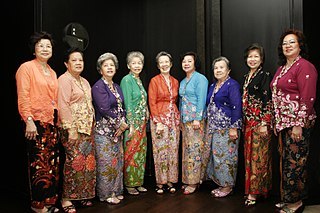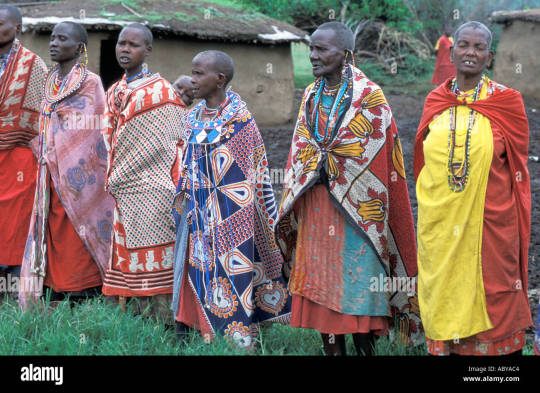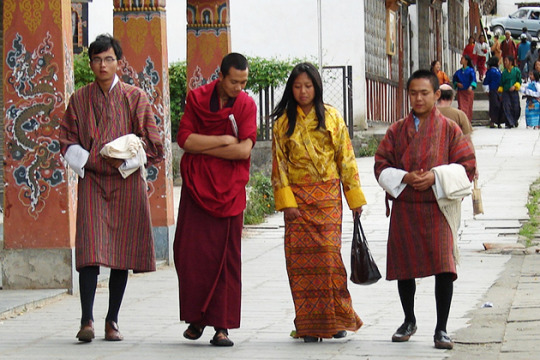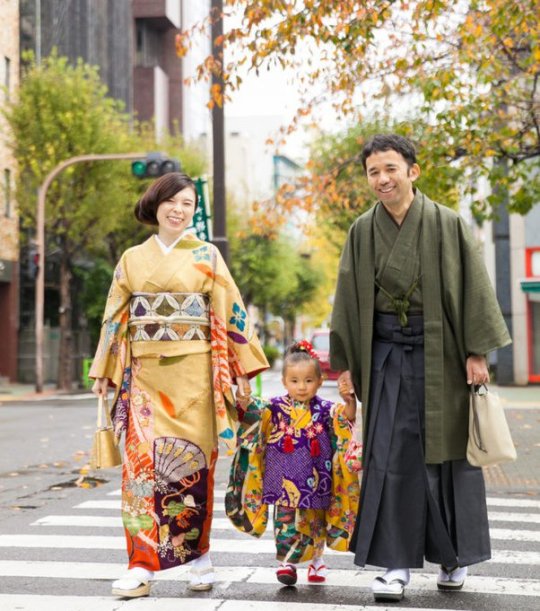Don't wanna be here? Send us removal request.
Text
20 Cultures & Nations That Continue to Wear Traditional Clothing Everyday
The world has drastically evolved in many different ways during the past 100 years.
Previously, for a number of reasons, each nation, each region, and almost every town or tribe wore its own distinctive traditional attire. Some were made due to the weather, some for the class, and some because those were the only colors and materials available.
Today, only a small percentage of communities worldwide continue to dress traditionally on a daily basis.
Pakistan

Sari and the shalwar kameez, two types of traditional dress, are worn in Pakistan.
The shalwar kameez is more popular throughout the nation, even among Punjabis.
Saris are typically worn by Muslim and Hindu devotees, and are more frequent in cities than anywhere else. These traditional outfits are made of cotton and are loosely draped around the body, keeping the wearer warm in the winter and cool in the summer.
Indonesia

Indonesia is a group of islands with many varied civilizations, each of which has its own traditional and "westernized" clothing.
Let's focus on the kebaya. Today, Malaysia, Singapore, Brunei, Myanmar, some regions of Thailand, Cambodia, and the Philippines all wear the kebaya.
It's almost always floral and typically paired with a silk, cotton, or polyester sarong. It’s the traditional dress of Indonesia but is predominantly worn by the Javanese, Balinese, and Sundanese.
The kebaya blouse, the brooch (since the original and traditional kebaya has no buttons), and the sarong or skirt make up the traditional clothing ensemble that is typically worn. Many different styles are used today to make it modern, and it's common to see among the people
Maasai of Kenya

They still wear clothing with a variety of colors and patterns nowadays. Both men and women wear flowery patterns. The most prevalent traditional clothing costume is a kanga, a one piece worn over the body.
It's also customary to wear beaded jewelry, and each hue has a unique meaning. For instance, the colors white and red denote peace and bravery, respectively.
The beads were made out of a variety of materials before European contact, including clay, seeds, bone, etc.
The majority of beads created today are composed of glass. Head shaving is also a right of passage for both genders. The Maasai's traditional clothing seems to be enduring despite their use of contemporary materials.
Sami of Sapmi

The Sami people are found in northern Russia, Sweden, Finland, and Norway. You may have seen Kristof in Frozen wearing all black, but Sami's traditional attire is the complete opposite!
They dress in vibrant hues, elaborate designs, and a variety of styles. It is known as a gakti and is worn during ceremonies, work, and reindeer herding.
Nowadays, the gakti is typically made of cotton, wool, or silk instead of the reindeer leather used in traditional versions.
Wearing certain colors, patterns, or jewelry might reveal a person's origins, marital status, and even the identity of their family.
Bhutan

Both men and women still dress traditionally in the little nation to China's south.
A gho is the term used for guys. Women refer to it as kira. The men's attire consists of a knee-length robe with a waist tie. A kabney, a silk scarf that hangs from the left shoulder down to the right hip, may be worn occasionally (like at celebrations).
In fact, if a man works for the government or a school in Bhutan, he must wear the traditional garb, called gho.
The female kira is an ankle-length dress that is typically tied at the waist and clipped with brooches at the shoulders.
Vietnam

Although the ao dai may not be as popular as it once was, it does seem to be making a comeback.
Although it is gender neutral, today most women wear it.
This is the attire you will find in settings where uniforms are common (e.g., schools, banks, restaurants, flight attendants, etc.). Typically, when we think of traditional attire, we picture conservative looks that cover everything.
The ao dai does cover everything, but if you want it to be more promiscuous, you may make the cloth as thin and translucent as you like. Additionally, it can be tailored to fit tightly and form-fittingly to highlight the body's inherent curves.
Japan

We've all heard of the kimono, which in Japanese literally translates to "thing to wear," but did you realize there are other types of it?
The kimono is available for both men and women.
The most complicated ones have 12 separate parts, including the women's. There are several obi styles and ways to tie them for formal and casual situations in addition to various kimono styles for various occasions.
The kimono for males is more simple, typically consisting of 5 pieces. Today, they are typically darker in tone (blues, blacks, and greens), however occasionally brighter hues are used for more laid-back occasions.
Conclusion
Just as in the summer and spring, dresses are appropriate in the fall. We've gathered some of our favorite cute Best Fall Dresses for Women to assist you figure out how to look put-together in a dress while the temperature outside is 40 degrees.
To read more:
Difference Between Casual and Formal wear
Meta title - Traditional wear around the world 2022[updated] - RAzidonz store.
Meta Description -Culture refers to aspects of human-made elements, including tools, dress, and media, in addition to values, attitudes, and norms.
Web URl - https://razidonz.store/cultural-wear-traditional-clothing/
Focus KWs - Traditional Clothing
Related Kws - traditional dress
culturally-specific clothing
Cultural dress
National clothing sense
Clothing to wear
#traditional dress#culturally-specific clothing#Cultural dress#National clothing sense#Clothing to wear
2 notes
·
View notes